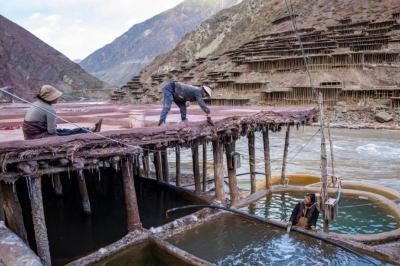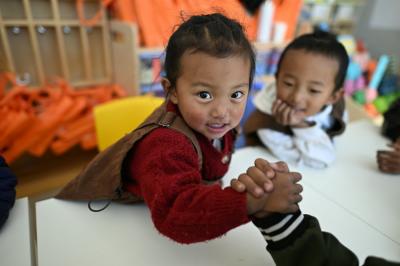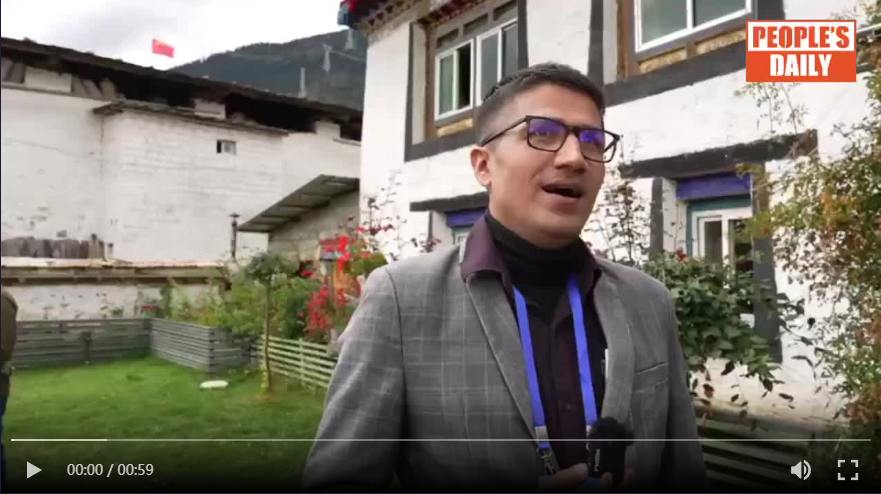 Tourists visit the Potala Palace in Lhasa, Tibet autonomous region. [Photo/China News Service] Jan.28,2021 -- The Tibet autonomous region's GDP exceeded 190 billion yuan ($29 billion) in 2020, up 7.8 percent year-on-year in comparable prices, according to information provided at the region's annual economic conference held recently in Lhasa, the region's capital.
"Added value of the region's primary, secondary and tertiary industries reached more than 15 billion yuan, 79.8 billion yuan and 95.3 billion yuan, respectively, in 2020," said Sonam Tashi, head of the region's statistics bureau, adding that these increased respectively by 7.7 percent, 18.3 percent and 1.4 percent from the previous year.
The per capita disposable income of the region's rural residents rose 12.7 percent, while that of urban residents rose 10 percent, Qi Zhala, chairman of the regional government, said in his government work report delivered last week at the fourth session of the region's 11th People's Congress.
Tibet has set a target of more than 9 percent annual economic growth in 2021, the work report said.
According to the Tibet Bureau of Statistics, the region's GDP in the first three quarters of 2020 rose by 6.3 percent year-on-year, placing its growth above all other regions and provinces in China. The progress came despite the impact of the coronavirus pandemic, which continues to ravage the globe.
Kalsang Drolma, deputy head of the Institute of Society and Economics at the China Tibetology Research Center in Beijing, said long-term financial support for Tibet from the central government has been one of the key factors helping maintain GDP growth momentum.
"High-quality development, livelihood improvement and socioeconomic development were always the main topics that were stressed and discussed during the two most recent Tibet work conferences in Beijing, and many major infrastructure projects with heavy investment from the central government have been embarked on in the region since 2012," she said.
"These key projects, such as the construction of railways, hydropower stations and highways, have helped boost the prosperity of surrounding residents."
The central government has not reduced its investment in Tibet despite the impact of COVID-19, Kalsang Drolma said.
The Aid-Tibet project by other provincial-level areas was another driving force that greatly contributed to education, technology and livelihoods in Tibet.
"Aid-Tibet leads Tibet to join the great development cycle of other Chinese provinces and regions, and many private enterprises have invested in the region thanks to the program," she said.
Qi Zhala hailed the progress Tibet has made in poverty alleviation, noting that the per capita annual net income of the region's registered poor population now exceeds 10,000 yuan.
In 2021, the region aims to create 50,000 urban jobs and ensure that the registered unemployment rate does not exceed 5.5 percent.
By:Daqiong and Palden Nyima
|
- Home
- News Tibet |Exclusive |China |World |Related News |Latest
- Documents White Papers |Others
- Photo Politics |Economy & Society |Culture & Religion |Human & Nature |Beautiful Tibet |Other Tibetan-Inhabited Area |Exchanges |Related
- Video News |Documentary |Micro-Video |Entertainment
- Art
- Tourism
- In Focus
- About Tibet






